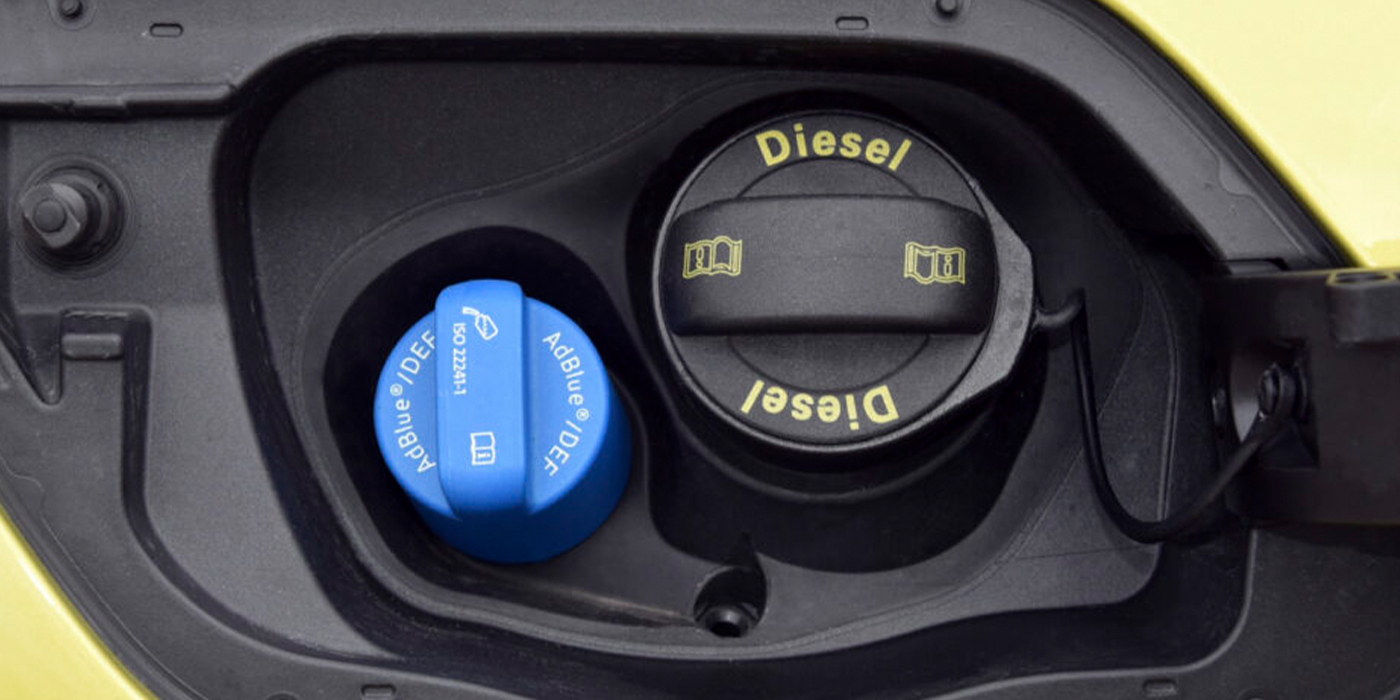
Despite the prevalence of electronic media, most automotive repair facilities, car dealerships, and financial institutions still rely heavily on good old-fashioned direct mail as a key component of their marketing arsenal.
A study conducted by InfoTrends and Prinova determined that direct mail is still an effective marketing channel. More than 70% of all survey participants said they had responded to a direct mail piece within the past three months — and 20% said they’d responded to direct mail within the past week.
The statistics were consistent across all age demographics, including tech-savvy millennials who supposedly shun non-digital communications. In fact, 63% of the millennials in the survey who responded to direct mail actually bought something.
DM Letters: Back to the Basics
Given the ongoing importance of direct mail as a marketing tool for automotive repair facilities, it’s a good idea to brush up on some of the basics of writing a good direct mail letter. Here are five components of a successful direct mail letter:
1. A Benefit-Oriented Headline — Your headline is perhaps the most important component of a direct mail letter. It must include at least one concrete reader benefit in order to get readers’ attention and draw them into the rest of the letter. Also, don’t forget to include a “Johnson box” at the top of every direct mail letter. This box contains the most important message that you want to make sure readers take away from the letter. Studies have shown that using a Johnson box in direct mail letters can boost response rates by up to 40%.
2. Well-Written Body Copy — The text of your letter needs to reinforce the benefits of your product or service that are stated in the headline. The most effective direct mail letters use bullets to communicate benefits and strong action verbs at the beginning of each bullet.
It’s also critical to get to the point of the letter quickly, instead of meandering around for a few hundred words. Ideally, your offer should be stated within the first or second paragraph of the letter.
3. Effective Use of White Space — Creating a successful direct mail letter is as much about what you don’t write as what you do. There needs to be plenty of light, airy white space in the letter to make it easy and inviting to read.
If your letter is just a big block of uninviting copy, most recipients will likely throw it straight in the trash can because it will be too hard to read. In general, less copy is more.
4. Strong Calls to Action — There’s little room for subtlety in direct mail letters: You have to tell readers what you want them to do after they read the letter.
For example, maybe you want them to call a toll-free number or visit a dedicated website where they can fill out an application. Regardless of the action (or actions) you desire, make sure readers know what the next step they should take is to receive your offer.
5. A Strategically Written Postscript Line — Direct mail letters should include a “P.S.” line after the signature. Not including this line wastes a tremendous opportunity to reinforce your message one more time. In fact, most people read the P.S. line before they read the body copy.
DM Letter Don’ts
Here are three “don’ts” to remember when writing a direct mail letter:
• Don’t worry about the size of your logo. Nobody cares about this — except maybe you.
• Don’t use bad stock photos. You can find plenty of cheap or free stock photos online, but don’t skimp here. Bad stock photos turn lots of readers off immediately.
• Don’t obsess over the creative. Overdesigning your letter can get in the way of making a clear and compelling offer. Of the three main components of a direct mail campaign — the mailing list, the offer and the creative — the creative is a distant third in importance.
Finally, don’t discount the importance of direct mail, even in the digital age. It remains one of the most effective marketing tools for repair facilities — if the letter is crafted well.













